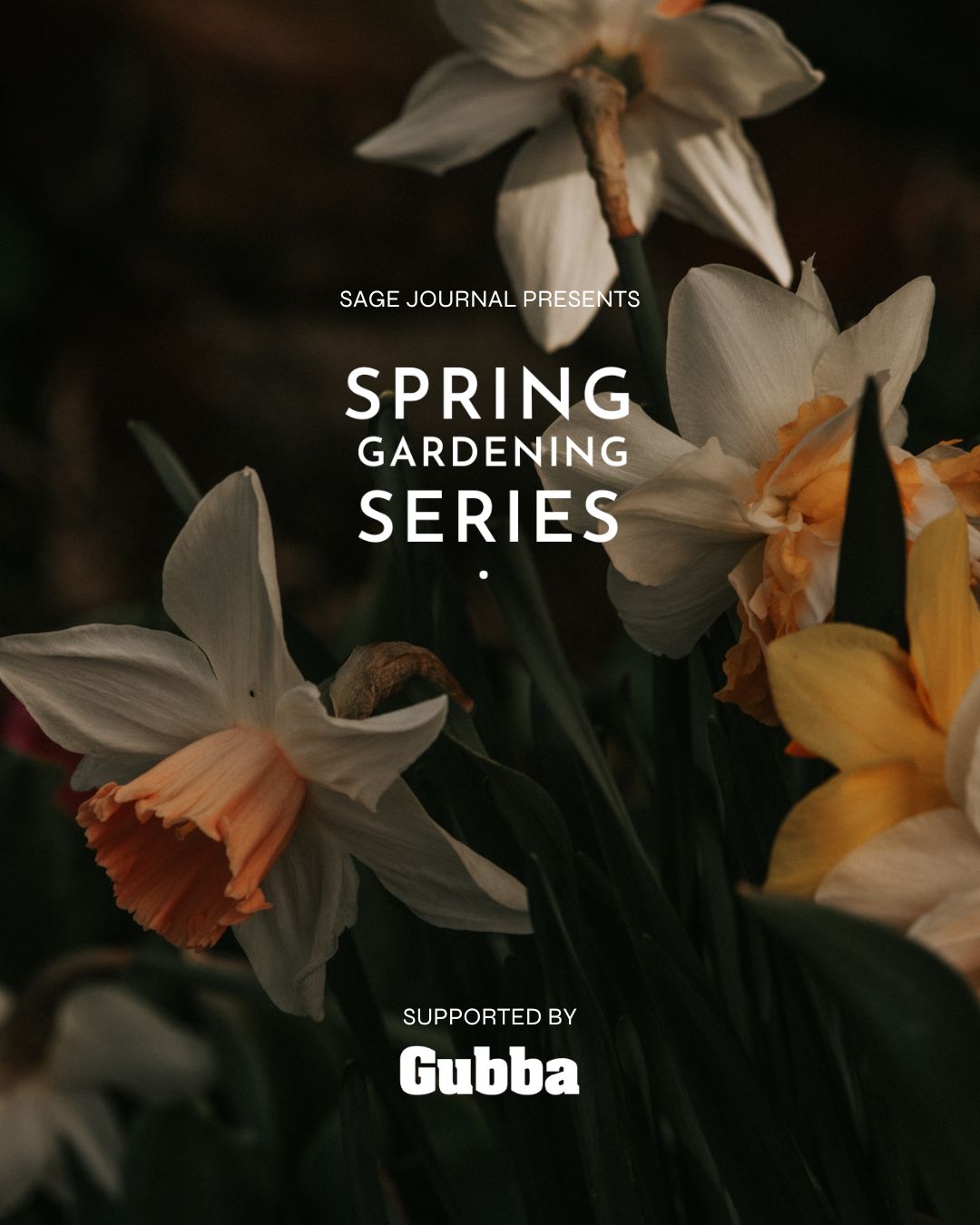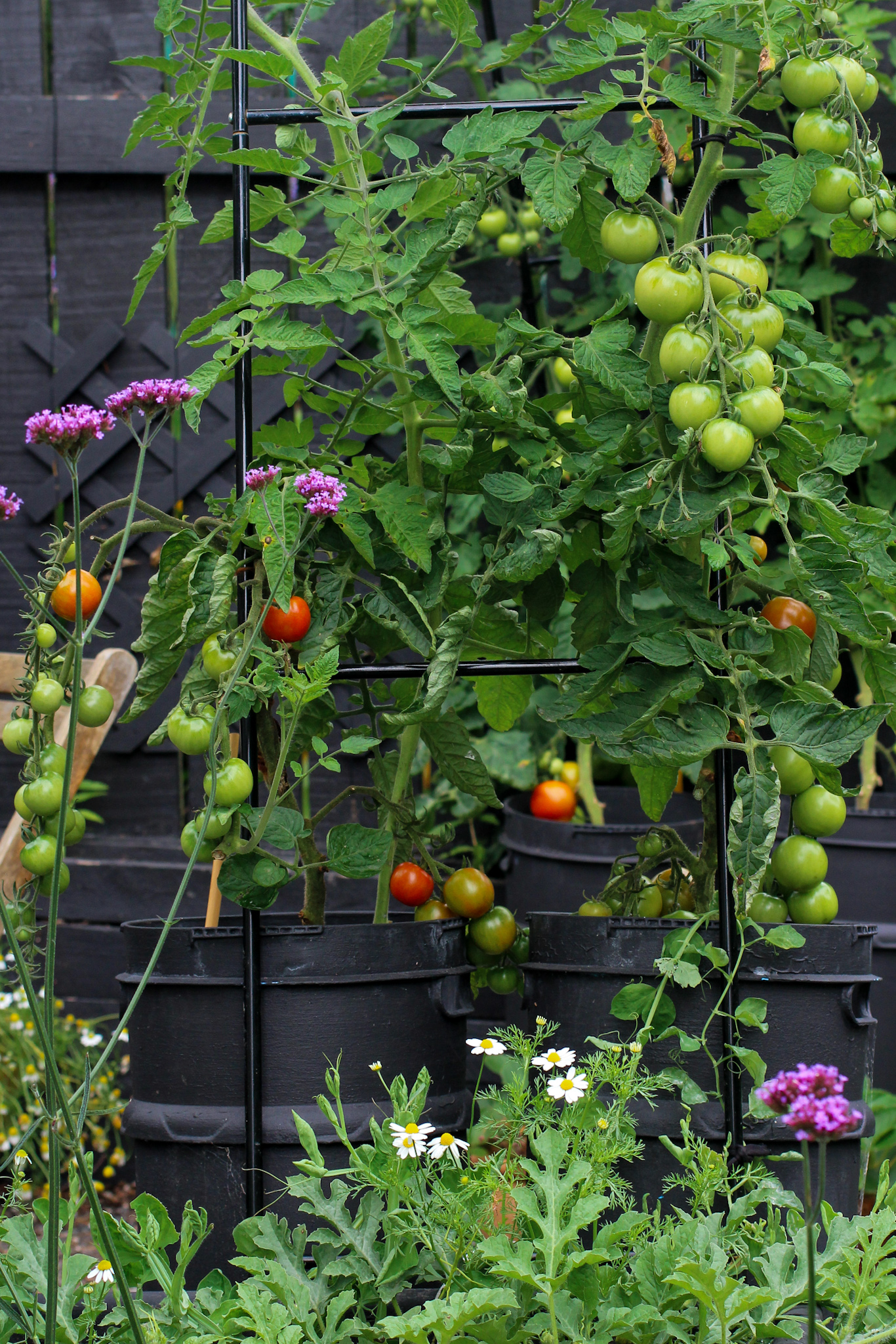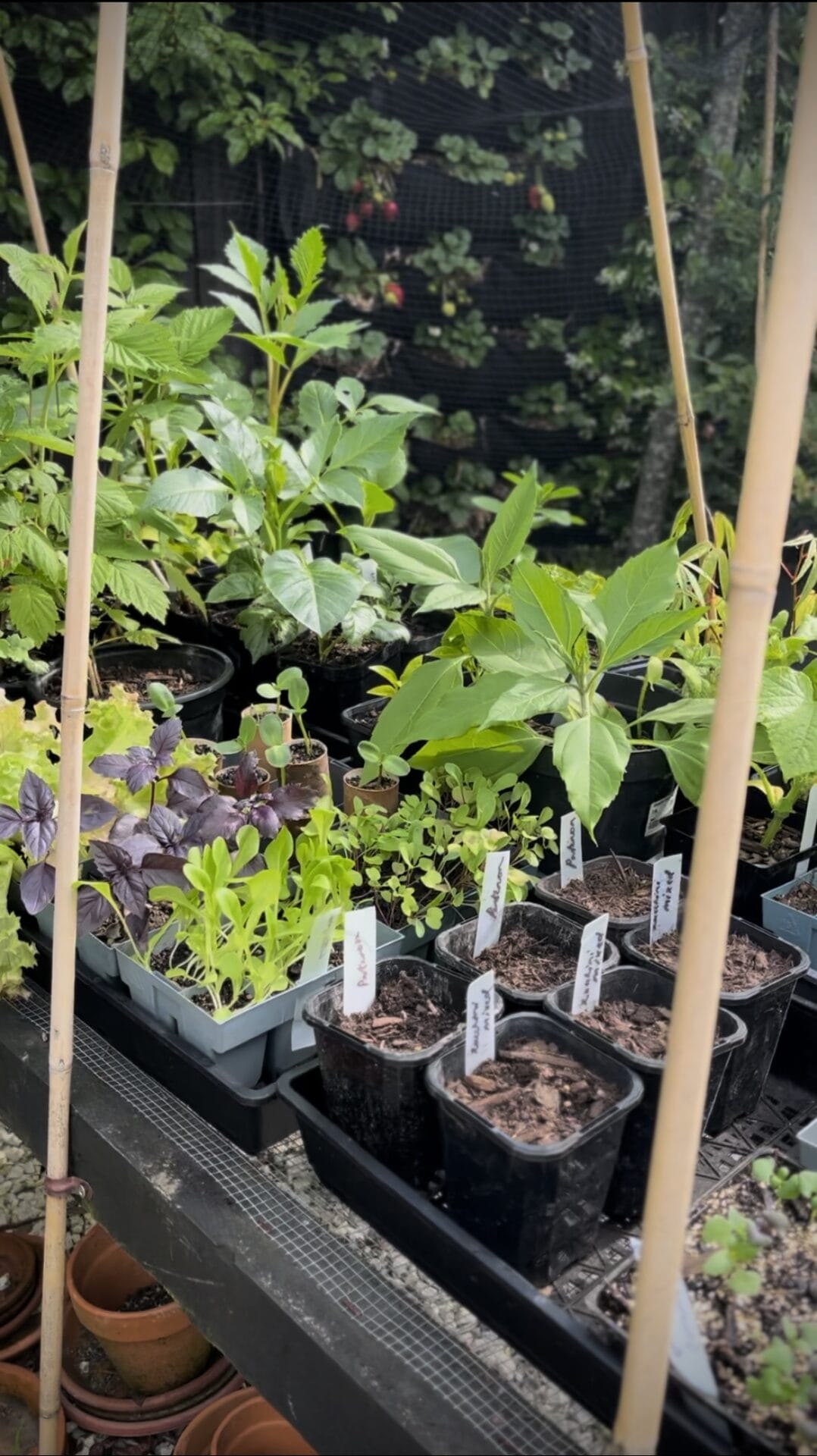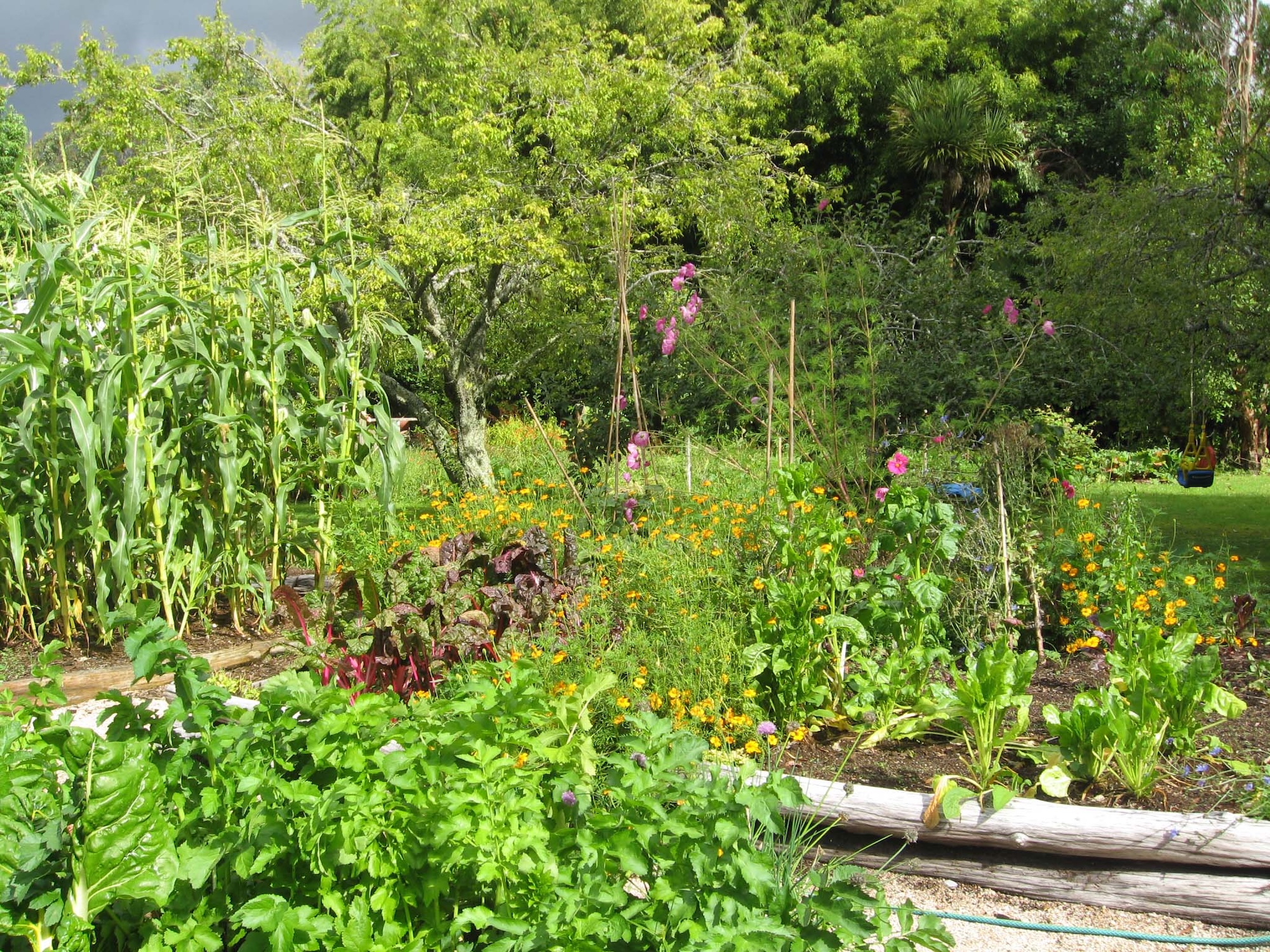Your cart is currently empty!
5 blossoming trees to add to your garden for spring
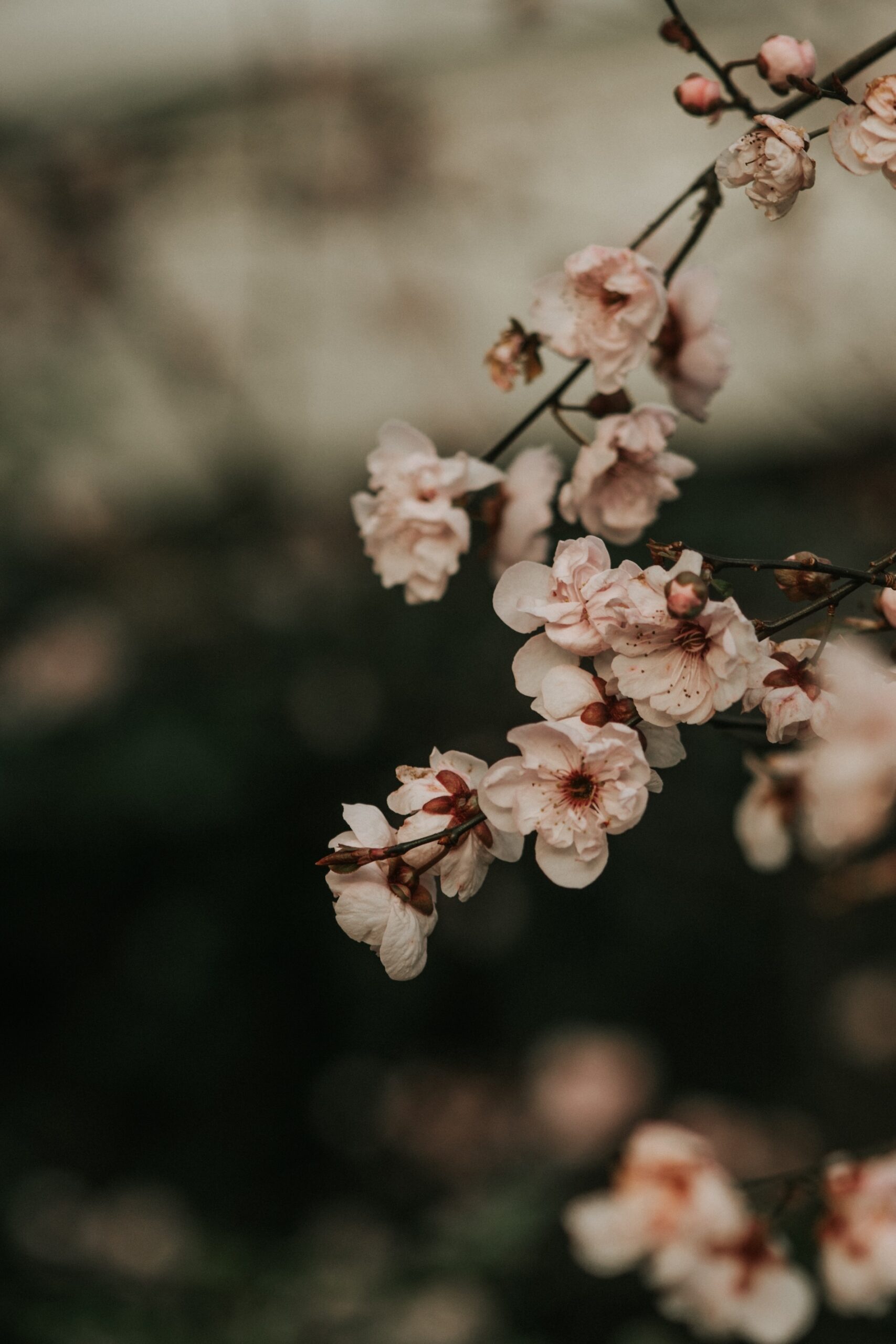
5 blossoming trees to add to your garden for spring
Spring is the best time to take note of the best blossoming trees – helping you to select some for your own garden. Written by Elly Keen (@daydream.green)
The 2025 Spring Gardening Series is supported by Gubba Garden Store.
We’ve made it to early spring and the evenings are getting lighter, temperatures warmer and, often, we’re instinctively more drawn to the garden and nature that surrounds us.
At this time of the year, it’s hard not to notice the flush of spring on your morning drive to work, or while taking your evening stroll around the neighbourhood. And of course, the blossoms are one of the most striking parts of the season.
When it comes to selecting and planting trees, it’s a job that’s easily put off. The permanence of a tree can be a bit daunting, and it’s much harder to play ‘musical plants’ with trees. Trees grow, they shade things, and sometimes it’s just easier to leave that big decision on the to-do list. But the reality is, when it comes to creating your dream garden, trees are the structural backbone that should be a priority, not an afterthought. They take time to mature and without the canopy of this growth, your garden can feel very one dimensional.
So, if planting trees is on your garden to-do list and you’re looking for the best blossomers, here is a selection of trees that will provide early season interest with their blossoms, as well as year-round interest to complete your garden.
Blossoms in spring, foliage or fruit in summer to autumn, and structure in winter.
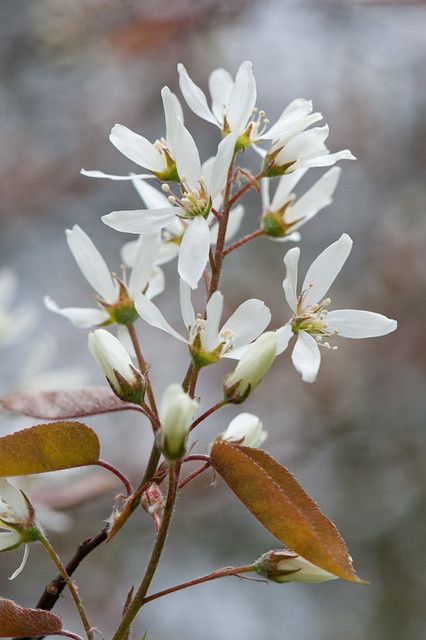
Amelanchier canadensis
Amelanchier canadensis (also known as shadbush, serviceberry or NZ whitebait tree) is an ornamental tree that is used by many garden designers because of its year-round seasonal interest.
The tree is smothered in delicate white blossoms in spring, followed by edible berries during summer that will attract birds into the garden. Come autumn the tree changes form once more, as the foliage transforms into a blaze of copper tones before the leaves drop and an interesting multi-stemmed structure in the wintertime is exposed.
The other benefit of this tree is the fact that it is quite compact, with a maximum canopy of 4m x 3m making it ideal for small or courtyard gardens. A very easy to grow and low maintenance tree that suits many soil types and aspects in the garden.
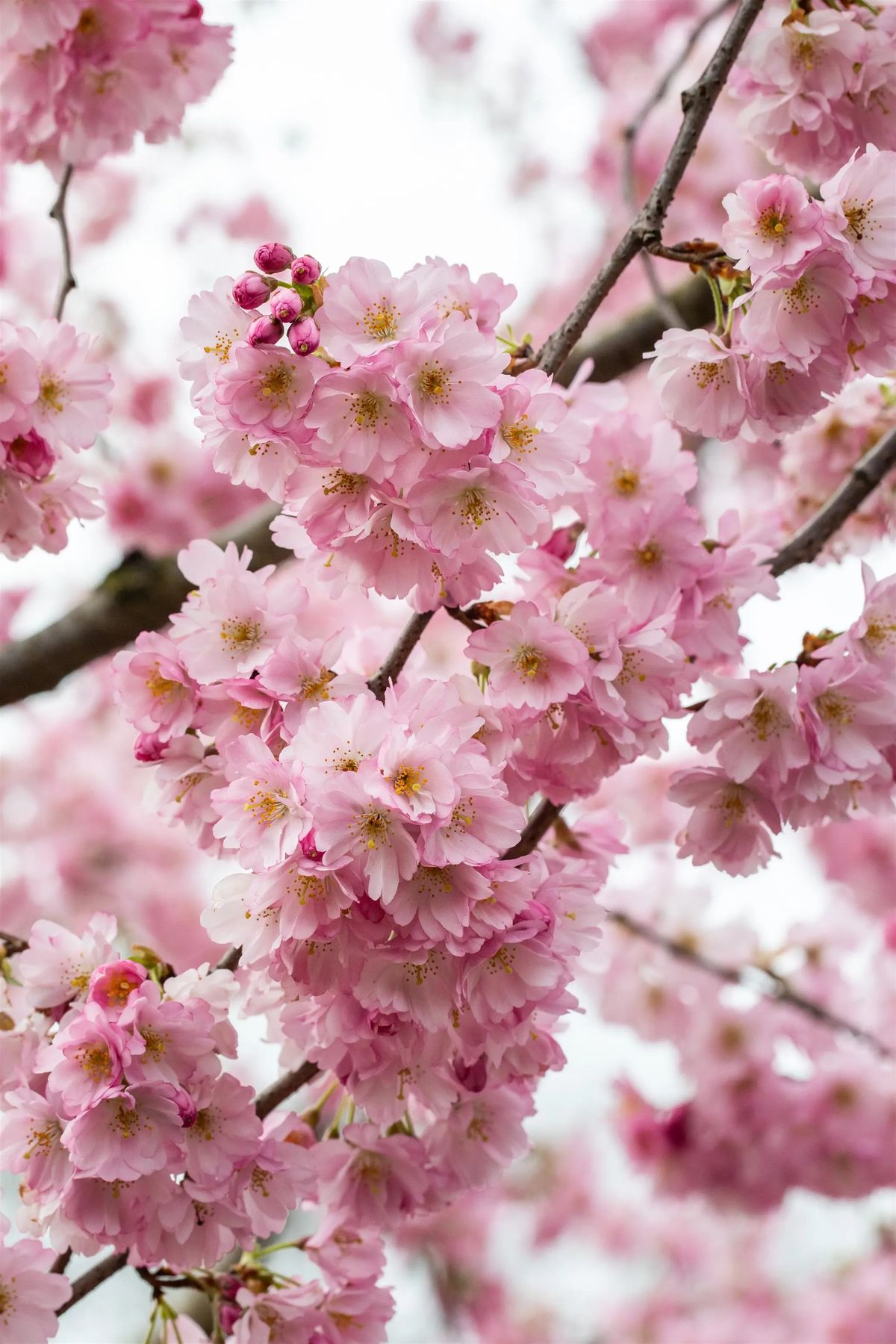
Prunus ‘Accolade’
Prunus ‘Accolade’
This popular flowering cherry tree is easily found in garden centres and considered a safe option for anyone feeling nervous when it comes to decisions around what trees to plant.
Prunus ‘Accolade’ is one of the earliest flowering cherries, bringing soft pink blossoms from late winter into spring. The semi-double flowers are great for pollinators and offer that quintessential moment of seasonal change to the garden.
The year-round value comes with fresh summer foliage and fiery autumn colour while overall remaining relatively modest in size (6m x 3m).
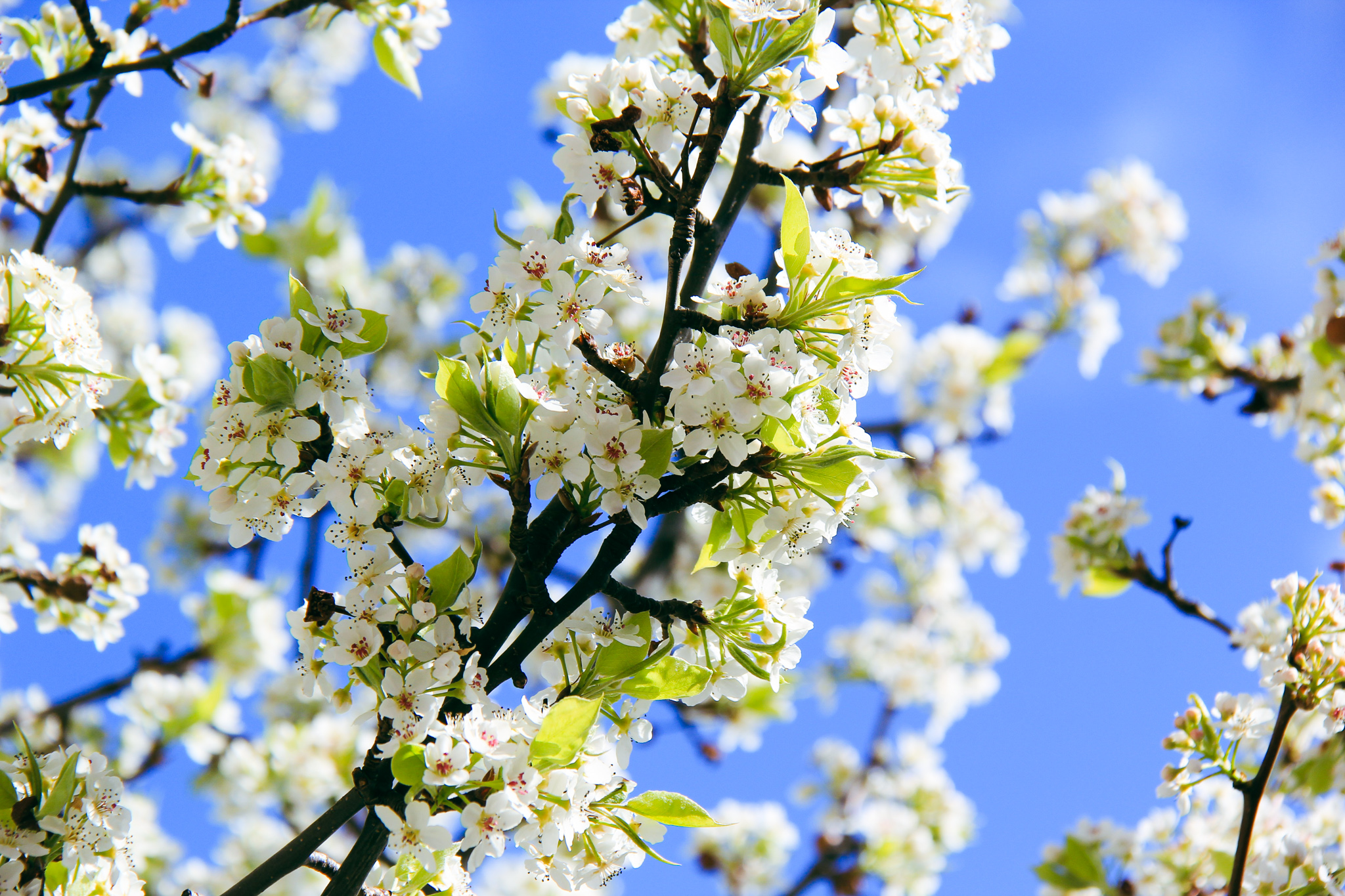
Pyrus calleryana ‘Candelabra’
An ornamental pear is often seen as a runner up to the flowering cherry, but if you are looking for a tree that is quick to establish, then Pyrus is a great choice.
When it comes to selecting an ornamental pear, there are many species to choose from so considering the position and its intended use is necessary to make the right decision. For example, a weeping pear (Pyrus salicifolia) makes a beautiful focal tree, whereas Pyrus calleryana ‘Candelabra’ is better suited when planted on mass – with its upright, conical form.
The shape of the ‘Candelabra’ makes it ideal for fitting into narrow spaces or for avenue planting schemes, like fence lines or driveways.
Again, this tree is a strong candidate for year-round interest with single white blossoms in spring followed by an intense orange/red display in the autumn.
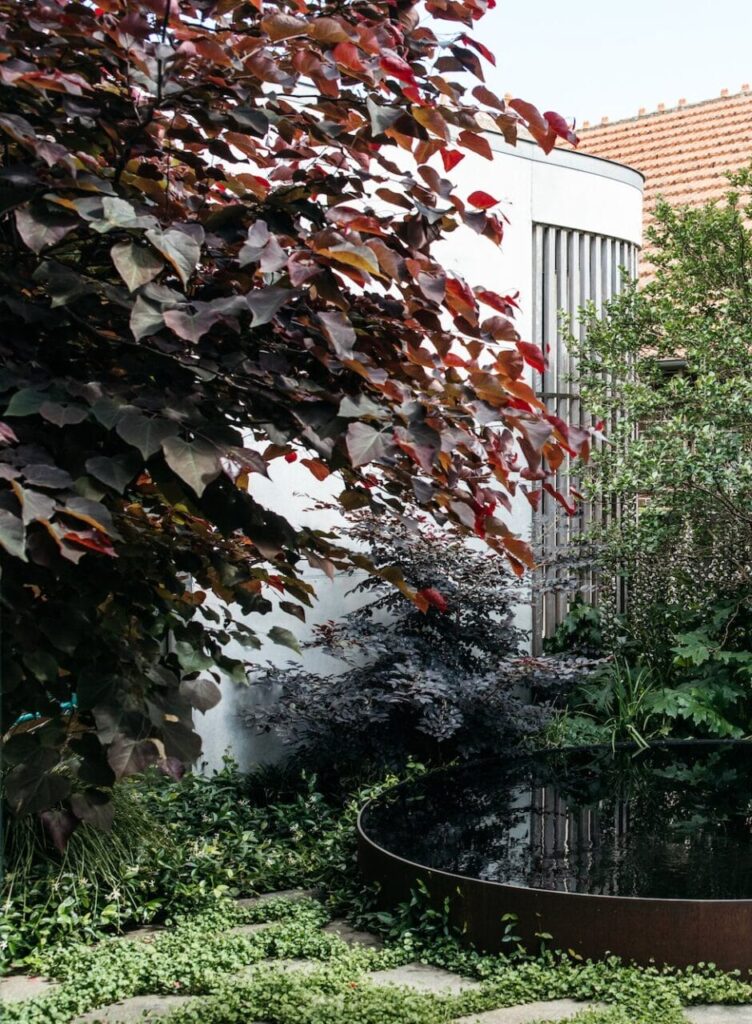
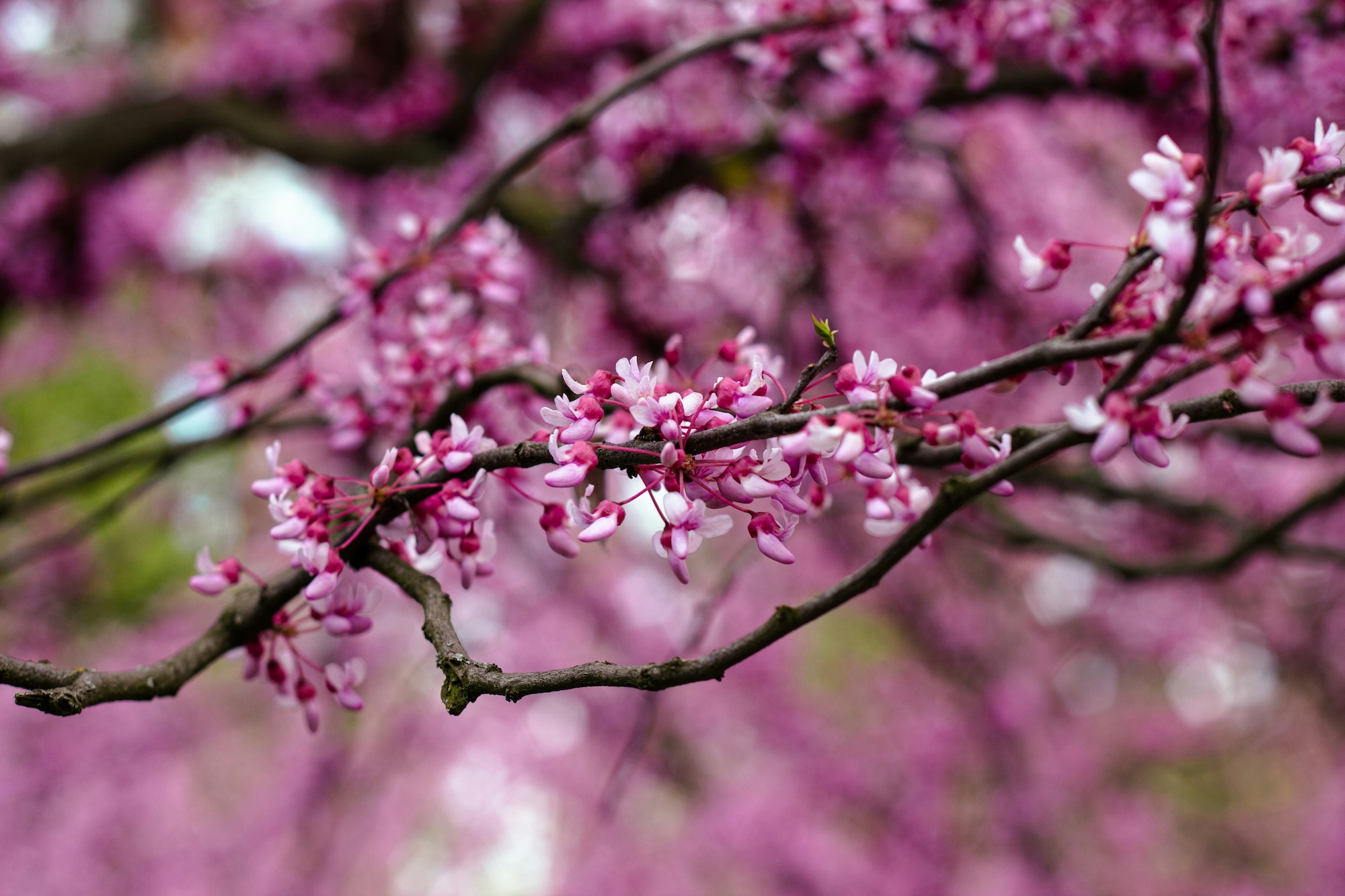
Cercis canadensis ‘Forest Pansy’
Cercis canadensis ‘Forest Pansy’
The appeal of Cercis canadensis ‘Forest Pansy’ is its dramatic foliage that adds contrast and depth to the garden. If you are after a small tree with dark leaves, then this one is for you.
Tiny magenta blossoms appear in spring that is followed by, what in our opinion, is the main show – dark purple, heart-shaped leaves, that eventually burn away to orange in the autumn before dropping and baring zig-zagging stems in the winter. This is a tree that responds well to pruning and can be controlled at a compact size of 3m.
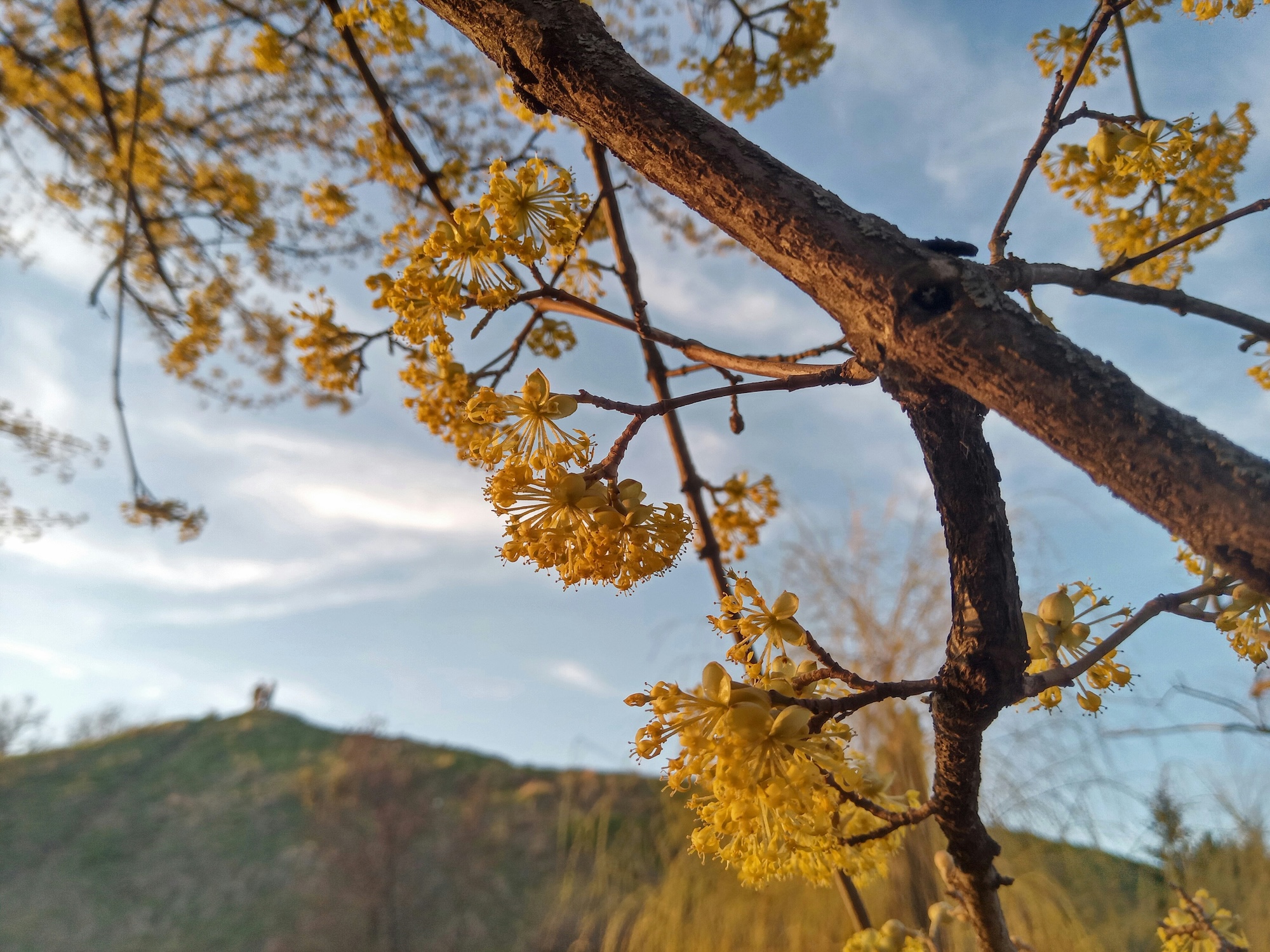
Cornus mas
Cornus mas (Cornelian cherry) is one of the first trees to flower – a sign that the winter months are coming to an end.
Clusters of tiny yellow blooms brighten the bare branches during the late wintertime and into spring, while small red fruits appear in the summer that are edible and delicious (with many known health benefits). Finally, a warm flush of colour ends the show in the autumn.
Its versatility and easygoing nature mean it will happily adjust to containers, woodland edges or even a formal hedge. It is tough as nails, so if you are from a climate which experiences very cold, windy and prolonged springs, this hardy plant will slot in nicely to your garden.
A compact size but can be unruly so keep it in check through pruning to achieve an attractive shape in the garden.
—
Things to consider before choosing your blossoming tree
Choosing a species of tree will fully be determined by the designated site and intended use of the plant. Think about whether you want a focal tree for the middle of the lawn, something that can blend nicely into the border while also creating contrast or rather a strong, structural form to line a fence.
Also, consider things like space and eventual size, sun vs shade requirements, soil type and drainage, whether you want fruit, fragrance or foliage interest, plus mess factor (fallen fruit or leaves). Once you have made these considerations it is all about preparation.
How to plant a tree in spring
When it comes to planting your tree, spring is a good time to do so as there is often an increased rainfall so it’s less likely to dry out.
Choose a position with enough space for the tree to grow into its natural shape, then dig a hole twice as wide as the root ball (no deeper). Loosen the soil at the base, position your tree so it sits at the same level it grew in the nursery, and backfill with the soil you removed, firming gently as you go.
Water deeply to settle the roots and add a thick layer of mulch, keeping it away from the trunk.
Ongoing care & maintenance
Newly planted trees need a little care in their first years to thrive. Water deeply and consistently throughout the summer and early autumn when there is less rain to encourage strong root growth.
Mulch generously each spring to keep the soil cool and moist – but always leave a gap around the trunk.
Avoid heavy pruning early on unless there are any crossing or damaged branches which will allow the tree to establish its natural shape.
With these simple steps, your tree will establish quickly and you’ll be a step closer to achieving a garden not only with blossoms through spring, but interest across all seasons of the year.


